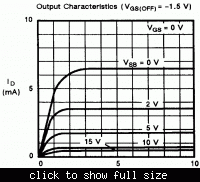iVenky
Advanced Member level 2
- Joined
- Jul 11, 2011
- Messages
- 584
- Helped
- 37
- Reputation
- 76
- Reaction score
- 35
- Trophy points
- 1,318
- Location
- College Station, Texas
- Activity points
- 6,124
I have one simple doubt. If Vsb is more than 0 in NMOS then we have body effect which results in the increase of threshold voltage Vth. This means that the drain current should decrease (from the drain current equation) but I read in some book that the drain current will increase.
Please help me.
Thanks in advance.
Please help me.
Thanks in advance.

